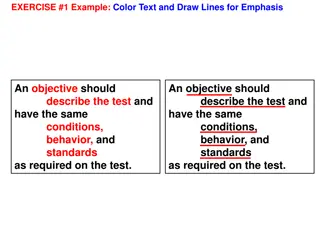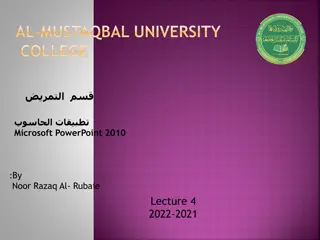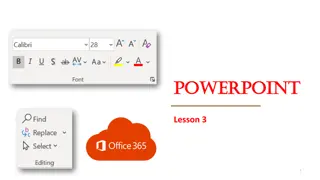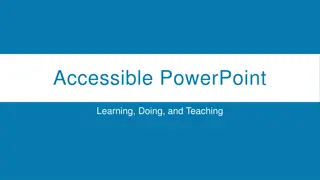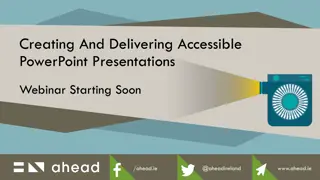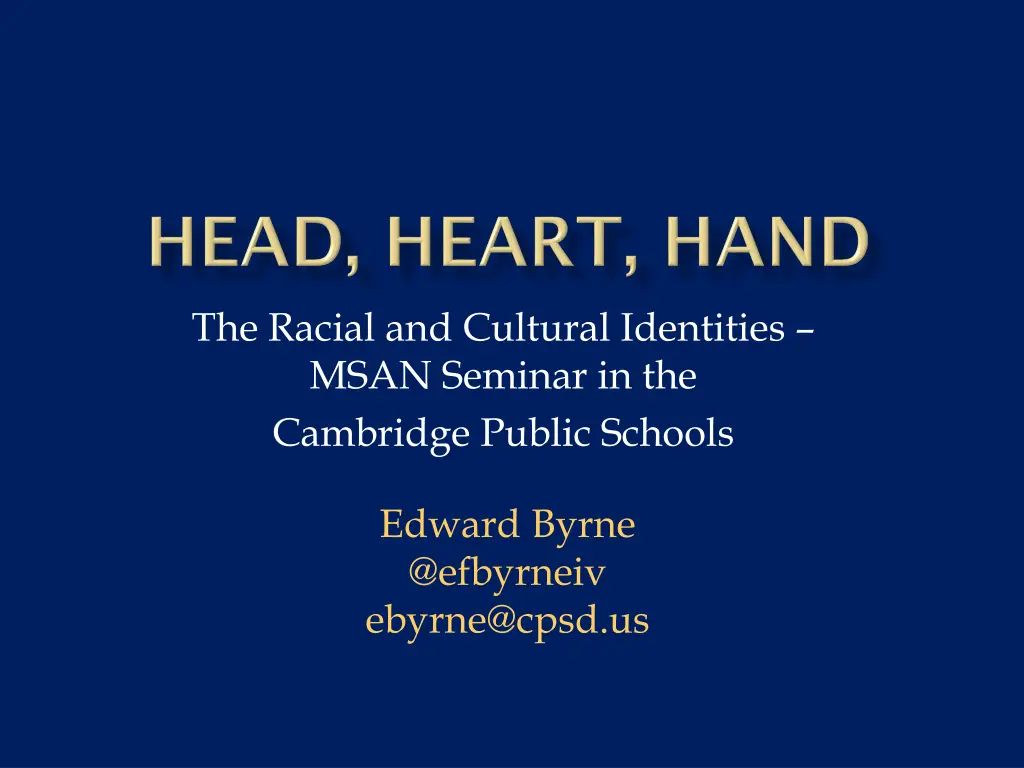
Racial and Cultural Identities Seminar in Cambridge Public Schools
Explore the engaging curriculum of the Racial and Cultural Identities Seminar in the Cambridge Public Schools led by Edward Byrne. Delve into units on topics such as Achievement Gaps, Identity, Culture, Race, and Systems while emphasizing the importance of understanding social inequalities and taking action. Stay engaged with reading assignments, weekly essays, and thought-provoking discussions, all aimed at promoting empathy, critical thinking, and positive change.
Download Presentation

Please find below an Image/Link to download the presentation.
The content on the website is provided AS IS for your information and personal use only. It may not be sold, licensed, or shared on other websites without obtaining consent from the author. If you encounter any issues during the download, it is possible that the publisher has removed the file from their server.
You are allowed to download the files provided on this website for personal or commercial use, subject to the condition that they are used lawfully. All files are the property of their respective owners.
The content on the website is provided AS IS for your information and personal use only. It may not be sold, licensed, or shared on other websites without obtaining consent from the author.
E N D
Presentation Transcript
The Racial and Cultural Identities MSAN Seminar in the Cambridge Public Schools Edward Byrne @efbyrneiv ebyrne@cpsd.us
Whos here? What would you like to know? History of the class Syllabus major components, units, req s Unit 1: Getting to Know Each Other & Achievement Gaps Unit 2: Identity Unit 3: Culture Unit 4: Race Unit 5: Systems & Special Topics Challenges and Opportunities with the Course
Understand how your own values and attitudes about people and the world formed and how they affect your thinking and behavior Present day social inequalities have historical roots Learning about social inequalities compels us to take action.
Reading assignments (2-3x/ week) Weekly Essays Daily discussions Friday Free Write Projects / presentations 2nd Quarter Action Project? Head Heart - Hand
Head: Wondering and learning about what we observe Heart: Understanding and showing empathy for others experiences Hand: With fire in the heart for change, DO something to make it better
Stay critical, not cynical Do the readings Be open to a change of mind and heart. Be prepared to be challenged by each other
course outline and expectations in the GoogleDrive folder > Key Readings
Icebreaker / Teambuilder every day for 2-3 weeks Binder clip, Mix it up, 5 things, sneeches A Letter to Me Conocimiento Looking at our own achievement data Reflection Boykin and Noguera What are some possible reasons for the gaps we see?
Tatum: Who am I? Looking Glass Self I am.. and Circles of Multi-dimensional self The Other dominance/subordinance The Other Wes Moore Stereotypes (stereotype threat)
Norm / advantaged White Male Cis-gender Christian (protestant) otherness Of Color Female Transgender Muslim, Jewish, Buddhist, Hindu, Catholic, Atheist Youth, senior citizen Gay, Lesbian, Bisexual Poor, working class Disabled (physical, cognitive, psychological) Race Gender Religion Age Sexual Orientation Wealth / Class Ability Middle age Straight / heterosexual Wealthy Able-bodied
3 step process: First: We imagine how we appear to others Second: Based on others reactions to us, we try to figure out if other people see us the way we see ourselves Third: We use our perceptions of how other people see us, to develop feelings about ourselves (e.g. self esteem)
Who am I? The answer depends in large part on who the world says I am. (Tatum p.18) Who do my parents say I am? Who do my peers say I am? What message is reflected back to me from my teachers? My neighbors? Store clerks? (18) Do I see myself in the cultural images around me (TV, magazines, community leaders)? Or am I left out of the picture all together? Other people are the mirror in which we see ourselves
Culture Iceberg Culture Chest American of the Year Race, Ethnicity, Nationality social construction
Above water: Explicit culture Below water: Implicit culture
Layer Outer Layer examples Language, symbols, and artifacts (food, music, clothing) Customs, practices, interactions (rites of passage, table manners, greetings) Visibility Always visible Middle Sometimes visible, sometimes just understood Inner Shared values, norms, beliefs, and expectations (fairness, fears, mysticism, friendship, relations with family) Not visible Typically just understood. ways of being
Images of Race Historical Perspectives: Race: Power of Illusion Race, ethnicity, and nationality Racial Identity Development
-Stereotypes, Prejudice, Discrimination -4 Is of Oppression -American Myths -Pathways of Causality (Wes Moore, City of Lawrence)
IDEOLOGICAL INSTITUTIONAL INTERPERSONAL Cultural Systemic INTERNALIZED Within You Business Nonprofits Between Individuals Government Structural
Criminal Justice: policing, Michelle Alexander and The New Jim Crow, School to Prison Pipeline Gender / Sexuality / Sexual Orientation How race makes gender and gender makes race Socioeconomic status / class / poverty intersectionality Environmental justice Flint, MI, asthma What is Social Justice Michael Sandel & Justice, Affirmative Action, funding social programs
Picking a topic related to the course Poster / slide presentations Policy briefs Challenges of moving to action
Honors / CP Diversity of the class Creating the culture of the class to support the discussions Sequence and pace













